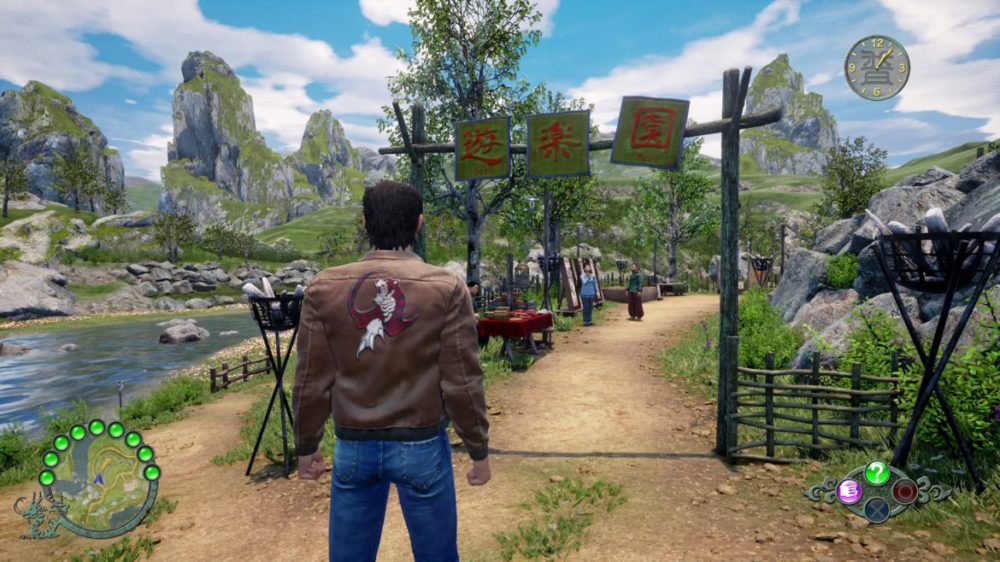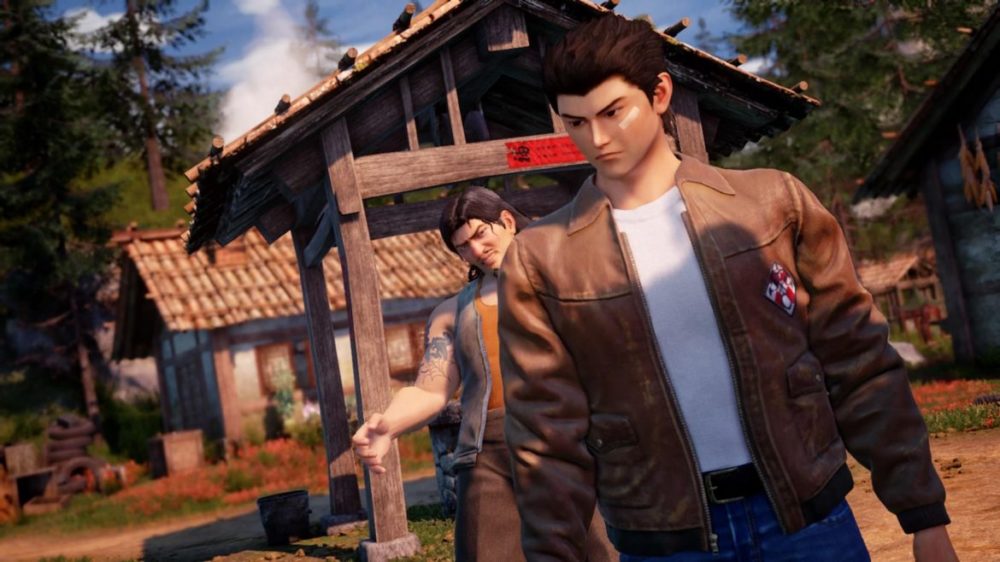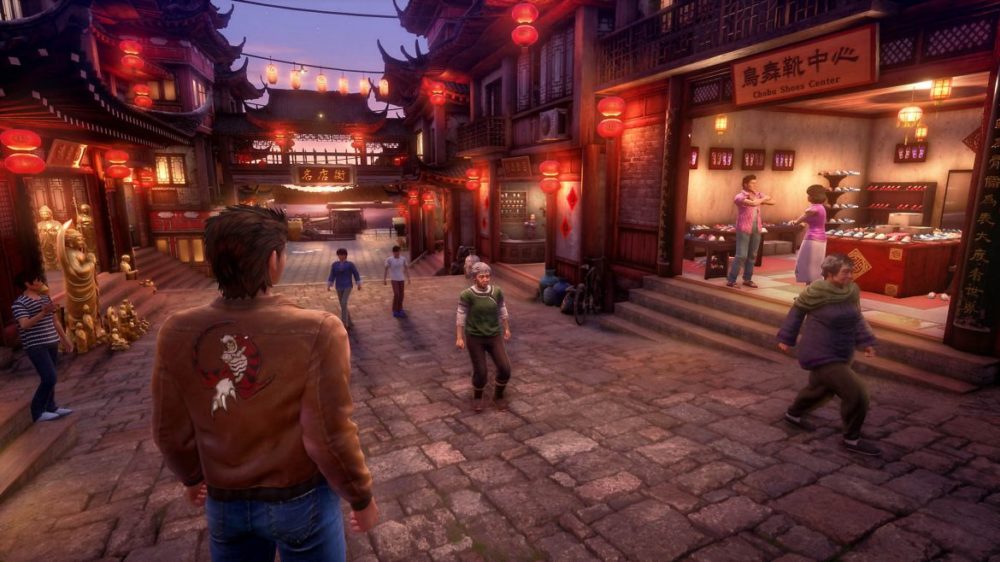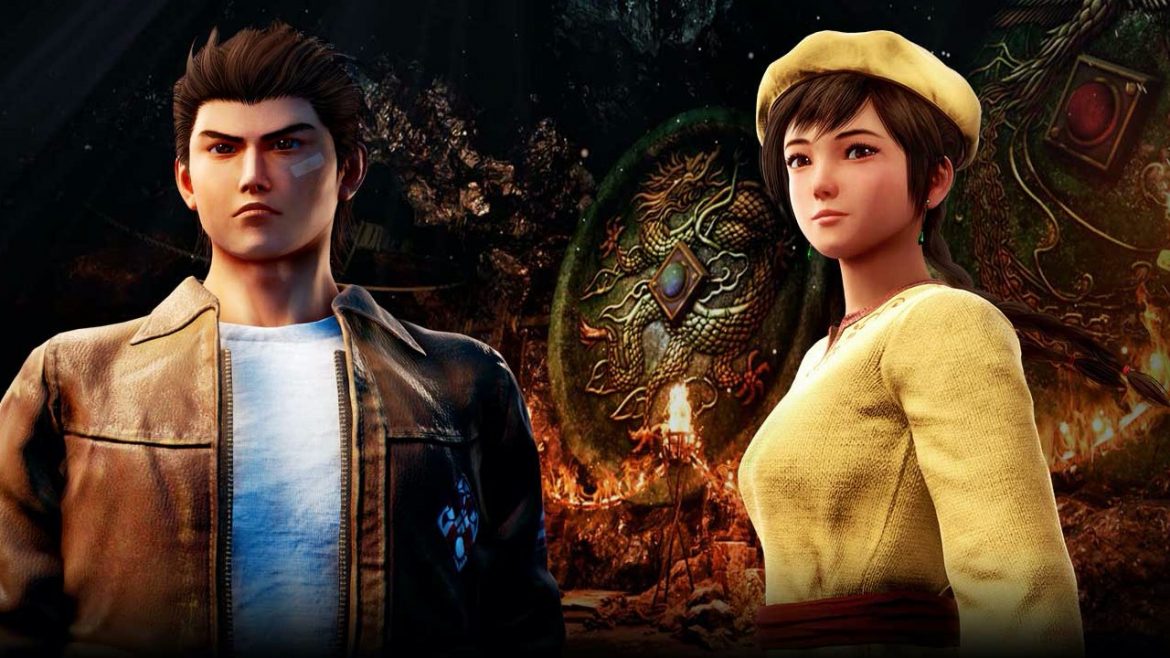TL;DR
Eighteen years later, Shenmue 3 finally arrives, continuing Ryo Hazuki's quest for revenge. While it offers a visually improved, nostalgic dive into its signature slow-paced life simulation and combat, don't expect a grand conclusion. This installment is pure fan service, a charming if dated experience that expands the world but leaves the overarching story open. It’s a faithful return for fans, but its deliberate pace and aging mechanics might not win over newcomers. Curious to see if this long-awaited chapter lives up to the hype? Dive into the full review to find out.
Eighteen years in gaming represents a significant period, encompassing nearly three console generations and a substantial portion of a human lifespan. Yu Suzuki, then a star producer at SEGA, challenged expectations and budgets with Shenmue, an immersive action role-playing game set in a semi-open world for the Dreamcast. The title became a cultural phenomenon. While its sequel’s sales figures didn’t match its production costs, SEGA’s final (and arguably finest) console, the Dreamcast, was prematurely discontinued in the early 2000s. Subsequently, the Japanese gaming giant ceded the hardware war to Nintendo and Sony, paving the way for Microsoft’s Xbox.

Now, we have the continuation of the narrative that was never realized on the Dreamcast. (While Shenmue has been ported to the original Xbox and released in an excellent, remastered version for modern platforms.) Shenmue 3 originated in 2015 as a Kickstarter project initiated by Suzuki, who had undoubtedly carried the burden of an incomplete story for many years. The campaign broke records, raising $6.3 million (approximately 60 million SEK), and soon garnered support from SEGA distributor Deep Silver and Sony Playstation (the game was also released for PC on the Epic Games Store). After several delays and initial visual concerns, the question remains: what is the final product? Let’s delve into Ryo Hazuki’s next chapter.
Shenmue 3 begins precisely where its predecessor concluded: in the Guilin cave, marked by the Dragon and Phoenix symbols, one of which mirrors the Dragon Mirror stolen by Lan Di from Ryo’s father before his murder. Ryo and Shenhua must now navigate their lives, interact with the villagers of Bailu, and gather information from a network of adversaries, ultimately leading to a confrontation with Lan Di.

In theory, at least. It’s no spoiler to reveal that Shenmue 3 doesn’t deliver the definitive conclusion many hoped for after 18 years. Suzuki has stated that concluding the story now would feel “flat,” expressing his desire to continue as long as the fans are invested. This installment offers more of the familiar Shenmue experience, with minor refinements, but essentially feels like a game preserved in cryosleep for two decades.
The initial graphical concerns have been addressed in the final release. Shenmue 3 is undeniably the best-looking game in the series, featuring vibrant, almost pastel-glowing environments and impressive lighting effects, particularly on the PS4 Pro, where it generally performs smoothly (occasional frame drops aside). The character models might not be cutting-edge, but they align with the aesthetic of previous installments. This consistent feeling permeates the entire game. Shenmue was groundbreaking for its time, a primitive sandbox game with a 24-hour clock and NPCs with recorded dialogue and routines. Since Rockstar’s transition to 3D GTA titles, this concept has evolved significantly, culminating in modern games like The Witcher 3. In comparison, Shenmue 3 feels both old-school and charming, showcasing Suzuki’s distinctive storytelling style and somewhat stilted dialogue. It’s a game that encourages players to relax and appreciate its captivating world, its unhurried pace, and the daily routines of chopping wood (a fun mini-game for earning money), collecting items, and improving Kung Fu skills in a simplified Virtua Fighter-esque system with RPG-style skill trees.

For newcomers, the dialogue and pace may seem unusually deliberate. A significant amount of time is spent in conversation, and the game occasionally suffers from translation issues. For example, Ryo might ask, “I’m looking for a Mr. Yuan” and receive the answer, “No, I haven’t.” While the meaning is clear, these instances serve as a reminder of how much game development has advanced in 20 years. Nevertheless, this is part of Shenmue‘s charm. It’s a nostalgic life simulator with fighting elements, where players are encouraged to unwind, enjoy mini-games, and gradually progress through the story. Fans of the Yakuza series may find this appealing, even if they haven’t played a Shenmue game before. (Incidentally, “Shenmue” means “Spirit Tree,” referring to the freedom the game offered players at the time.)
Shenmue 3: A welcome, nostalgic fan service
Shenmue 3 is undeniably a niche product, primarily intended as a service and tribute to the dedicated fans who have waited a considerable time for a resolution to the story that ended abruptly in the second game. These fans are, on average, twice as old as they were then. The game delivers a mixed experience—a lovingly crafted reunion that maintains the style and flow of the previous games, while the overarching narrative appears set to continue for at least one or two more installments. This raises concerns about Shenmue 3‘s long-term direction. Yu Suzuki, a celebrated arcade producer known for classics like Afterburner and Out Run in the 1980s, has been relatively quiet since the Dreamcast era. Now that he has seemingly rediscovered his passion with renewed energy and a similar approach from the turn of the millennium, there is a risk that he might envision the resurrected Shenmue series as a new, expansive project, transforming it into an endless saga akin to the Yakuza games. This would be unfortunate. While Shenmue 3 possesses its own charm and audience, nostalgia alone can only sustain it for so long. With a new console generation approaching and fierce competition on the horizon, there is likely limited room to extend the series beyond one or, at most, two additional games. Hopefully, Suzuki avoids this pitfall and doesn’t leave us with yet another unfinished revenge story.

Given the game’s heavy reliance on established relationships and the existing storyline, it is a clear recommendation for fans of the previous two installments; it is a genuine Shenmue experience that progresses the narrative. For all other players, a recommendation is more challenging. It depends entirely on their willingness to immerse themselves in a semi-open world filled with everyday activities—working, collecting figures from capsule machines (reminiscent of the 1980s), and mastering timed combat sequences to develop their character. At times, it resembles a blend of Animal Crossing and Farm Simulator with light combat elements. Some may find it antiquated, slow-paced, or even tedious—players should know their gaming preferences. However, for those willing to take a chance, a beautiful and captivating adventure awaits, set in and originating from a bygone era. Therefore, I offer a qualified recommendation, with the hope that we will ultimately receive a satisfying conclusion in the near future.

